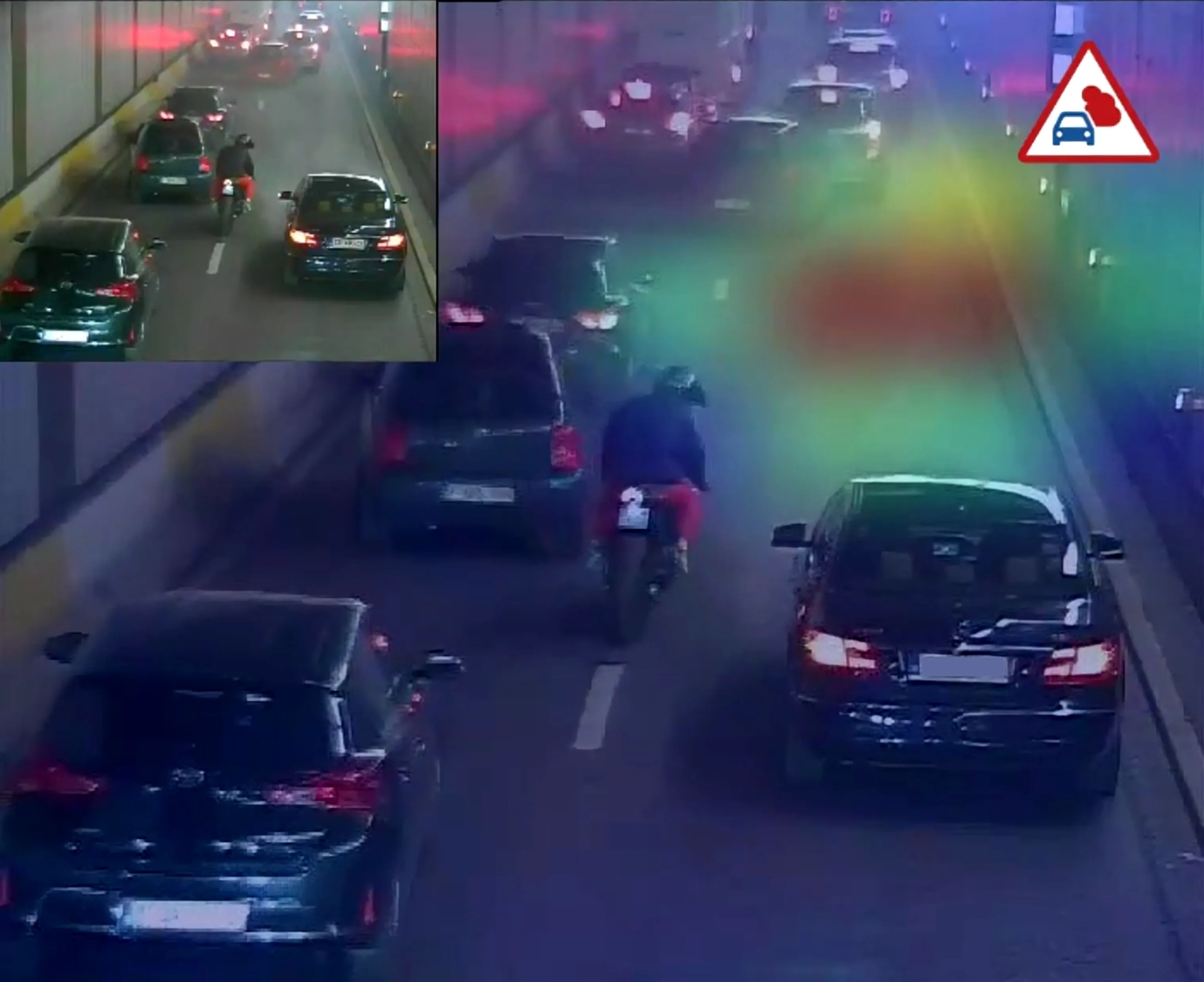Israeli company Autotalks is to supply its V2X chipset to auto parts supplier Denso for its global V2X platform for mass market projects.
Designed to meet the latency requirements for safety applications, Autotalks' next generation devices embed a mobility optimised modem, support dual-antenna with optimal and flexible RX/TX diversity, perform line-rate message ECDSA verification of the entire link capacity and embed an ultra-low-latency V2X HSM. In addition, the device was designed for crypto-agility an
September 29, 2016
Read time: 2 mins
Israeli company 6765 Autotalks is to supply its V2X chipset to auto parts supplier Denso for its global V2X platform for mass market projects.
Designed to meet the latency requirements for safety applications, Autotalks' next generation devices embed a mobility optimised modem, support dual-antenna with optimal and flexible RX/TX diversity, perform line-rate message ECDSA verification of the entire link capacity and embed an ultra-low-latency V2X HSM. In addition, the device was designed for crypto-agility and scalability and is capable of operating at a high temperature range. According to Autotalks, its communication range can reach hundreds of metres and even more than 1km in some conditions.
The prototyping phase has already begun, geared towards the start of high-volume production in 2019, targeting North America market for applications including green light speed advisory, road works warning, and safety applications such as intersection movement assist, emergency vehicle approaching etc. The companies plan to introduce autonomous driving capabilities in the same time frame, including truck platooning.
Designed to meet the latency requirements for safety applications, Autotalks' next generation devices embed a mobility optimised modem, support dual-antenna with optimal and flexible RX/TX diversity, perform line-rate message ECDSA verification of the entire link capacity and embed an ultra-low-latency V2X HSM. In addition, the device was designed for crypto-agility and scalability and is capable of operating at a high temperature range. According to Autotalks, its communication range can reach hundreds of metres and even more than 1km in some conditions.
The prototyping phase has already begun, geared towards the start of high-volume production in 2019, targeting North America market for applications including green light speed advisory, road works warning, and safety applications such as intersection movement assist, emergency vehicle approaching etc. The companies plan to introduce autonomous driving capabilities in the same time frame, including truck platooning.









